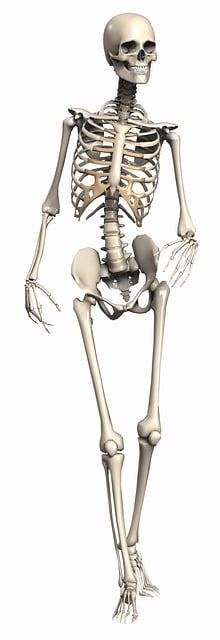CAD-based 3D rendering revolutionizes clash detection and coordination in construction by creating digital twins of buildings. This technology visualizes structural and MEP systems, enabling early identification of conflicts like walls, pipes, and electrical conduits before physical work starts. By facilitating informed adjustments and enhancing collaboration, it streamlines processes, reduces errors, and optimizes project timelines, minimizing costly on-site changes.
Clash detection and coordination between structural and MEP (Mechanical, Electrical, Plumbing) systems are essential steps in construction project management. This article explores efficient strategies using CAD-based 3D rendering for visual coordination. We discuss identifying clash points in structural systems, overcoming complexities with 3D models for MEP integration, and streamlining workflows to resolve conflicts promptly. By leveraging these methods, project teams can enhance collaboration, reduce errors, and ensure seamless construction processes.
Integrating CAD-based 3D Rendering for Visual Coordination
Integrating CAD-based 3D rendering into clash detection and coordination processes offers a powerful visual tool for architects, engineers, and contractors. By creating digital twins of buildings, this technology allows for a comprehensive visualization of structural and MEP systems in a unified virtual environment. It enables stakeholders to easily identify potential conflicts or overlaps between different elements, such as walls, pipes, and electrical conduits, before construction begins.
This rendering process streamlines coordination efforts by providing an intuitive, three-dimensional representation of the entire building project. Professionals can navigate through digital models, spot clashes in real time, and make informed decisions to resolve them. As a result, CAD-based 3D rendering enhances collaboration, reduces errors, and optimizes project timelines, ensuring that structural and MEP systems are seamlessly integrated throughout the construction process.
Structural Systems: Identifying Clash Points Visually
In the realm of construction, clash detection is a game-changer, and visualizing structural systems plays a pivotal role in this process. CAD-based 3D rendering offers an innovative solution to identify potential conflict points between structural elements and other MEP (Mechanical, Electrical, Plumbing) systems. By creating detailed digital twins of buildings, architects and engineers can virtually navigate through the intricate labyrinthine of the construction site before physical work begins.
This visual approach allows for the early detection of clashes, enabling designers to make informed adjustments and modifications. Through 3D rendering, structural points such as columns, beams, and walls can be precisely represented alongside MEP components like pipes, electrical conduits, and wiring. This holistic view facilitates better coordination, ensuring that every aspect of the building’s framework is considered in harmony with its functional systems, ultimately enhancing overall project quality.
MEP Integration: Overcoming Complexities with 3D Models
In today’s construction industry, successful clash detection and coordination among structural, mechanical, electrical, and plumbing (MEP) systems heavily rely on CAD-based 3D rendering. By creating digital twins of buildings, project teams can visually integrate and analyze complex systems before construction begins. This technology allows for early identification and resolution of potential conflicts between structural elements and MEP layouts, minimizing costly changes during construction.
Furthermore, 3D models offer a comprehensive view of the building’s components, enabling better coordination among various disciplines. Architects, engineers, and contractors can collaborate more effectively, ensuring that structural, mechanical, electrical, and plumbing systems work in harmony. This streamlined process enhances project efficiency, reduces errors, and ultimately contributes to the delivery of higher-quality construction projects.
Efficient Workflows: Streamlining Clash Detection and Resolution
Efficient workflows are essential for successful clash detection and coordination in complex construction projects involving structural and MEP (Mechanical, Electrical, and Plumbing) systems. By utilizing CAD-based 3D rendering, design teams can create a unified digital model that serves as a single source of truth. This allows for early and frequent clashes to be identified and resolved during the design phase, reducing costly on-site changes and delays.
Streamlined workflows enable better communication and collaboration among architects, engineers, and contractors. With all project details clearly visualized in 3D, stakeholders can easily understand and address potential conflicts between structural elements, MEP systems, and other building components. This proactive approach ensures that the final construction delivers a seamless integration of design, engineering, and craftwork.
In conclusion, integrating CAD-based 3D rendering throughout the design process has revolutionized clash detection and coordination among structural, MEP, and other systems. By visually identifying potential conflicts early on, professionals can streamline workflows, reduce errors, and enhance overall project efficiency. Structural systems benefit from easy clash point recognition, while MEP integration becomes more manageable through detailed 3D models. This approach ensures that complex projects are executed smoothly, resulting in higher-quality, better-coordinated constructions.
